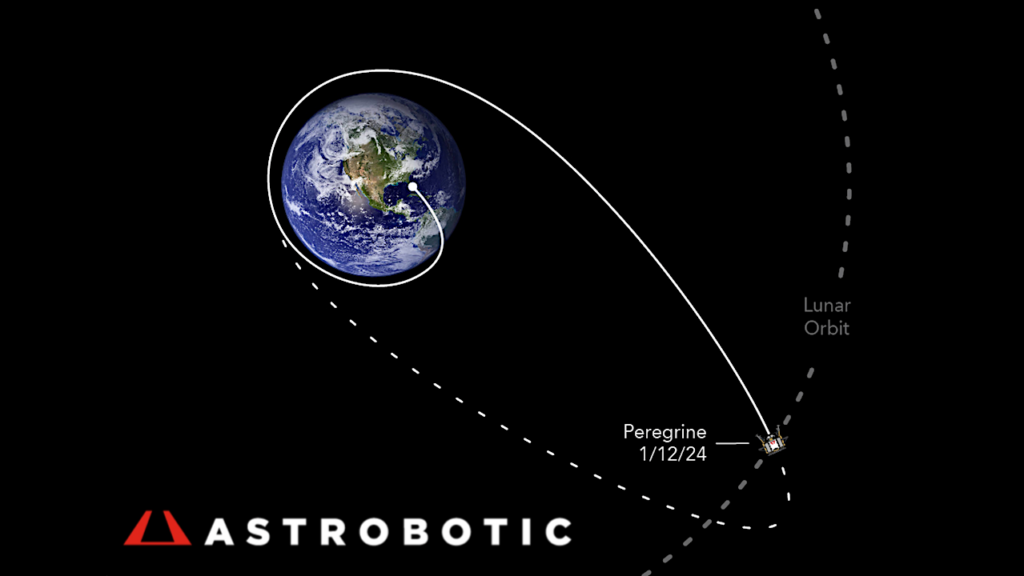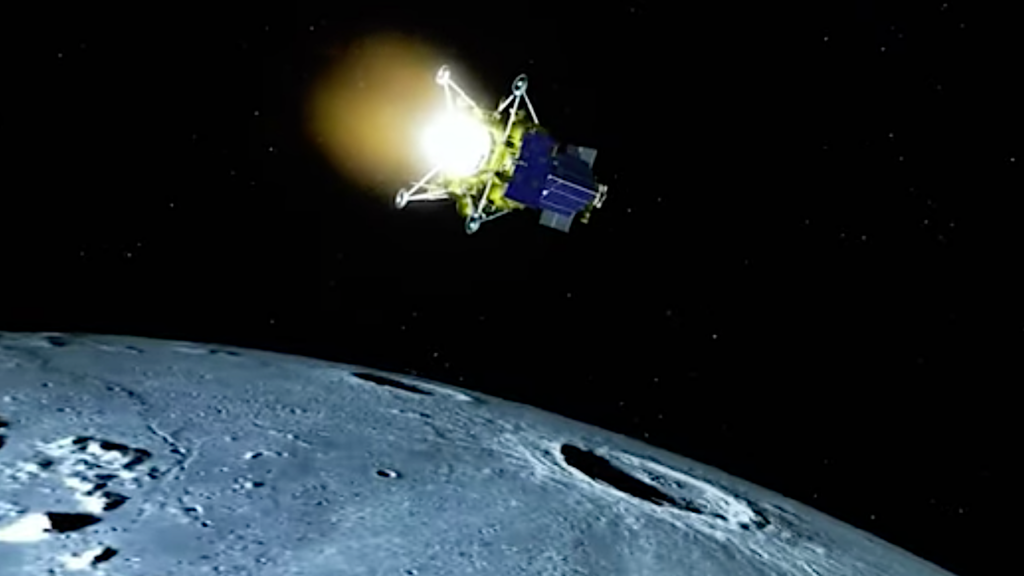Is JSC's R5 Droid Worth Fixing?

NASA wants to make a C-3PO to help colonize Mars, which may not be a super idea, Wired
“OK, but why use a bipedal robot at all? “We’re talking about sending robots to Mars, so is a walking robot best?” asks Keith Cowing, who runs the blog NASAWatch. “If you’re just landing in a flat area, why can’t it have treads and arms?” Or, if you want the dexterity that legs allow, he suggests putting some arms on a four-legged model, like one of Boston Dynamics’ other creations. Cowing isn’t an android-hater: He just thinks NASA could do a better job prioritizing its exploratory efforts. If prepping a Mars settlement is NASA’s goal, robots are far from the only optionand they could be one of the least efficient. Cowing points out that automated inflating shelters, adapted from emergency response, could be more viable than using human-sized robots to build space shacks from scratch.”
Using a Last Place Robot for NASA’s Robotics Challenge, earlier post
 Keith’s note: The R5 robot aka “Valkyrie” was developed in semi-secret by NASA JSC. Several years ago it tied for dead last in the previous DARPA challenge and can’t compete this week. But JPL’s Robosimian did much better last time and is competing again this year. So … why is NASA investing all this money in R5, a last place robot design? Why not go with Robosimian instead? Or … is NASA hoping that external teams, freed (somewhat) from internal NASA issues, might be able to rescue Valkyrie from all of its problems? If so, then maybe that’s not so bad of an idea. But why does NASA need to make the R5 copies for people to use? Why not just open source the design and post it online so that others can build (and improve upon) it? After all, taxpayers paid for it. That way you get more R5 units.
Keith’s note: The R5 robot aka “Valkyrie” was developed in semi-secret by NASA JSC. Several years ago it tied for dead last in the previous DARPA challenge and can’t compete this week. But JPL’s Robosimian did much better last time and is competing again this year. So … why is NASA investing all this money in R5, a last place robot design? Why not go with Robosimian instead? Or … is NASA hoping that external teams, freed (somewhat) from internal NASA issues, might be able to rescue Valkyrie from all of its problems? If so, then maybe that’s not so bad of an idea. But why does NASA need to make the R5 copies for people to use? Why not just open source the design and post it online so that others can build (and improve upon) it? After all, taxpayers paid for it. That way you get more R5 units.
– Never Ask NASA a Simple Question, earlier post
– NASA Awards Two Robots to University Groups for R&D Upgrades, earlier post
– Does NASA Have a Robotics Strategy? Did It Ever Have One?, earlier post
– NASA JSC Has Developed A Girl Robot in Secret (Revised With NASA Responses), earlier post







There’s not much going on at JSC so they need projects like Morpheus and R5 to keep the engineers busy.
Maybe JSC and JPL are feeling very competitive over it.
The only situation I could see where a good bipedal robot might be useful would be if you wanted astronauts in Mars Orbit to have a telepresence experience as close as possible to the real thing of actually being there. Otherwise it’d be like you said – go quadrupedal or treads and just give it a set of arms to work with.
Yea except you need humans in orbit around Mars to make that happen.
I would think the popularity of POV aerial drones (often with VR visual displays) would get young people used to the idea of telepresence in nonhuman form. Moreover, the increasing autonomy and computing power of rovers may get us used to the idea of relating to them as we would to human astronauts on Mars; giving them strategies and general goals instead of controlling movement directly. This could greatly reduce the impact of communication delays between Earth and Mars.
Heck, you and I paid for all of this.
The human-like form was said to be chosen to allow the robot to use human tools, but the interface between tools and the human hand has always been a challange, and for a robot a simple socket attachment might be more efficient.
The biological human form is the result of a long and complicated evolutionary history involving life in the sea, on the ground, in the trees, and a return to the ground. The lack of wheels in biological life forms is the result of physiologic limitations, not necessarily because legs are better.
For planetary rovers the optimal design appears to be a 6-wheel chassis with one or more articulated arms. For soft terrain or heavy rovers, treads might be better. In weightlessness the robosimian with four arms might well be ideal.
Imagine a future photograph- one of those ‘selfies’ that NASA posts from time to time taken of/by a rover- except this time it’s a human-form robot standing on Mars.
A picture is worth a thousand words. <tagline> “This is our future on Mars”</tagline>
Open source can work if done right. Develop an open platform that can be adapted to any kind of robot so you don’t have to reinvent the wheel every time and just tweak it to your particular design. You would need to create a design based on what nature would have evolved in the particular environment. As far as the martian surface explorer I see a four legged bot. A sure footed martian mountain goat.
Good points. There is very much more to miss about the universe inhabited by Daneel. Asimov’s worldview was unique.
It may be too late to implement the Three Laws; robots are already instruments of warfare.